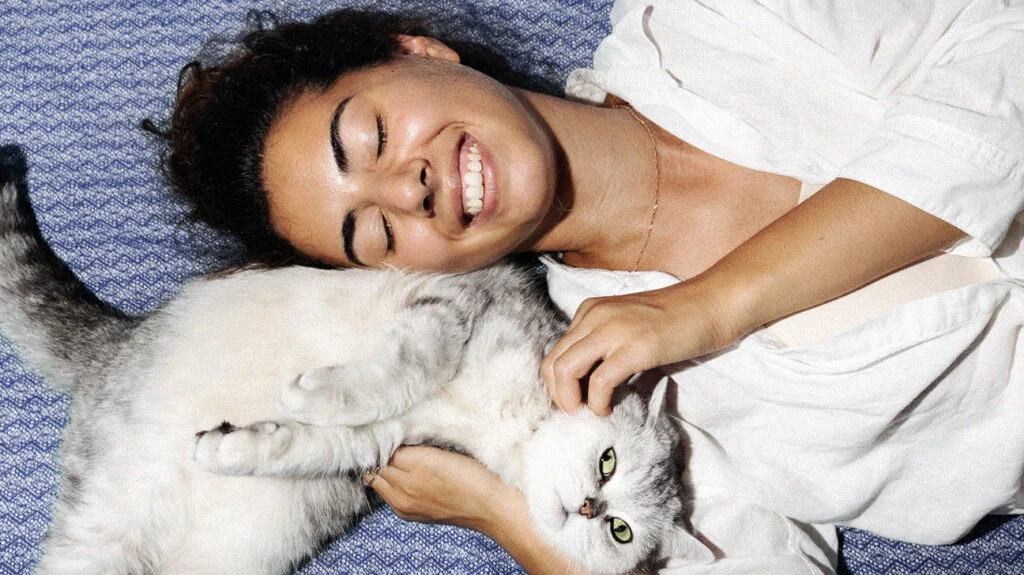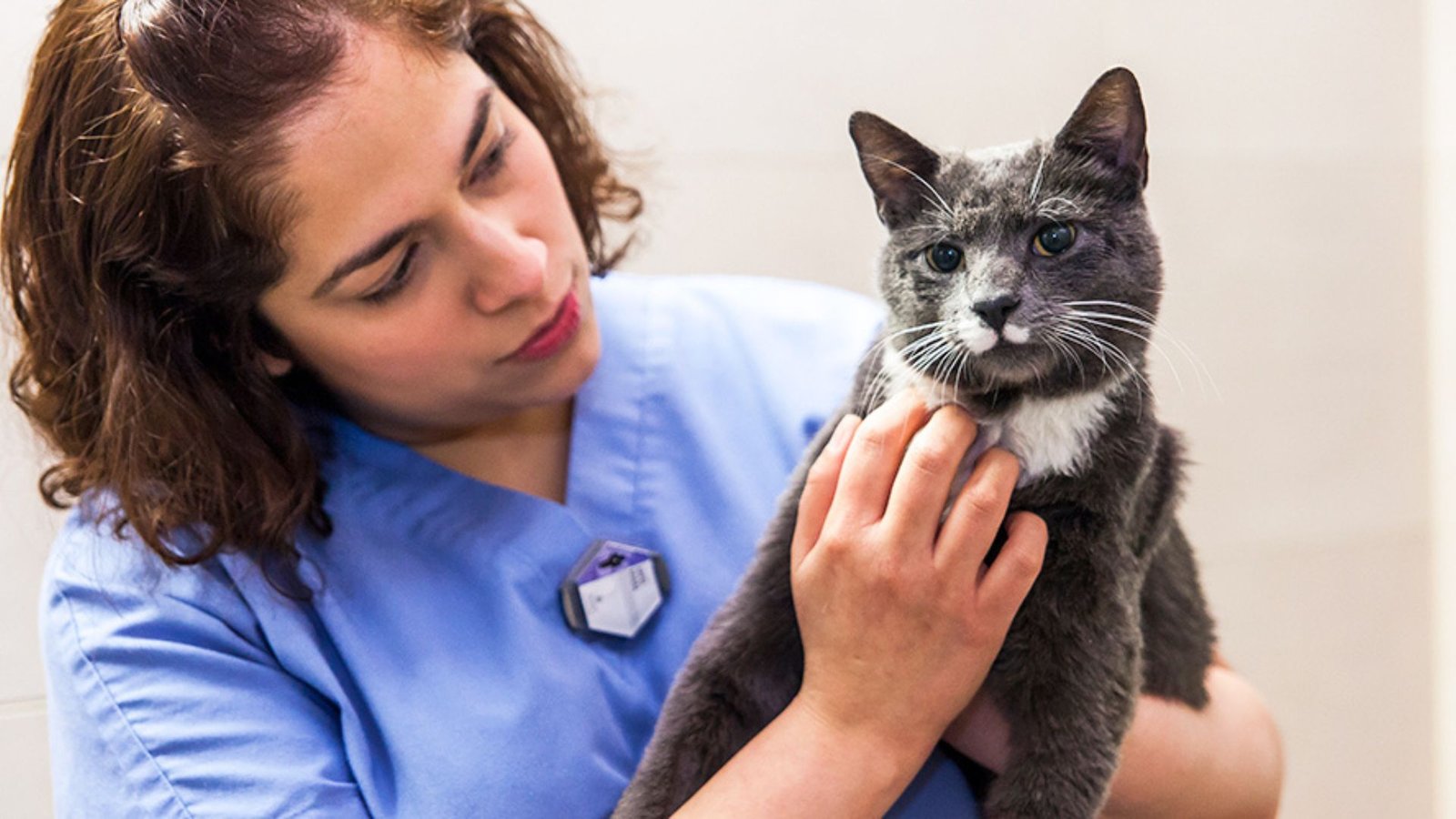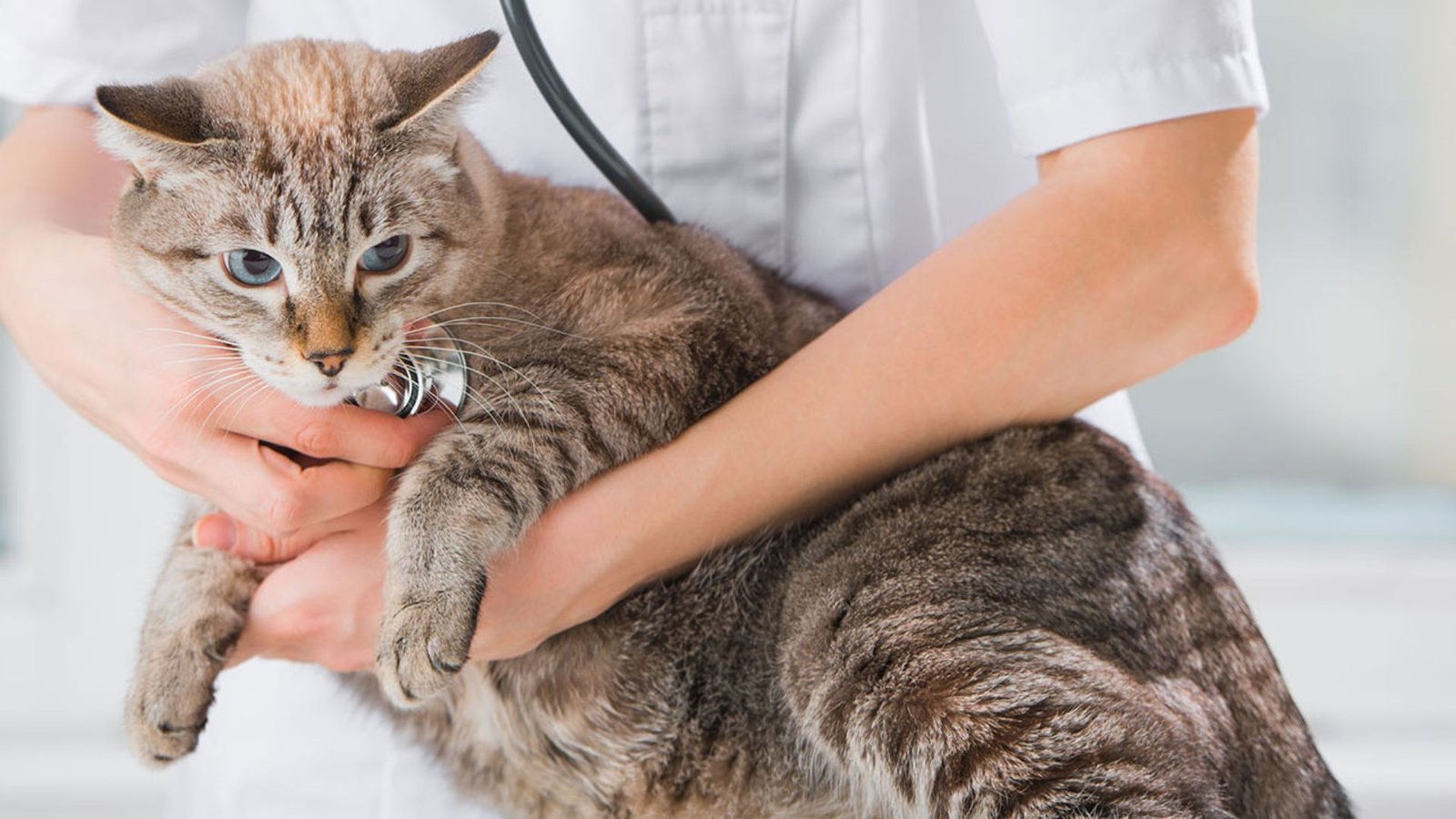Female cats are incredible pets, offering both affection and a streak of independence that makes them endlessly fascinating. Just like choosing the right entertainment or resource—such as checking out gambling360 casino online for top gaming options—selecting and caring for a female cat takes a bit of research, attention, and a lot of love. This guide breaks down everything you need to know about female feline companions, from behavior and health tips to how to bond with them over time.
Understanding Female Cat Behavior
Female cats tend to be more territorial than males, especially if they haven’t been spayed. They’re often affectionate but can also be independent and assertive. While personality varies by breed and upbringing, here are a few behavioral traits commonly found in female cats:
-
Independence: Female cats may appear more self-reliant and less attention-seeking than male cats.
-
Affectionate with Boundaries: They enjoy cuddles and affection, but often on their terms.
-
Clean and Tidy: Female cats are often tidier and more careful with their environment.
-
Protective Instincts: Especially noticeable if they’ve had a litter, female cats may show strong maternal behavior—even with humans or other pets.
Spaying Your Female Cat
Spaying is one of the most responsible decisions you can make for your female cat. It prevents unwanted litters and helps reduce behaviors like yowling, roaming, or marking territory.
Benefits of Spaying:
-
Prevents overpopulation and unwanted pregnancies
-
Reduces risk of certain cancers and infections (like pyometra)
-
Calms hormonal behaviors, making her more relaxed and affectionate
-
Extends lifespan and improves long-term health
Veterinarians often recommend spaying around 5–6 months of age, but it can also be done safely in adulthood.

Female Cat Health Tips
Caring for a female cat goes beyond feeding and cuddling. Here are some health tips to ensure she lives a long, happy life:
-
Regular Vet Visits: Annual checkups help detect problems early.
-
Balanced Diet: Choose age-appropriate food rich in proteins and nutrients.
-
Hydration: Make sure fresh water is always available.
-
Grooming: While cats groom themselves, brushing reduces shedding and hairballs.
-
Parasite Control: Protect against fleas, ticks, and worms, especially if she goes outdoors.
-
Mental Stimulation: Toys, climbing trees, and playtime keep her mentally sharp and active.
Female Kittens: What to Expect
Female kittens are energetic and curious, just like their male counterparts. As they grow, you may notice a more cautious, observant personality compared to the bolder behavior of many males. Socializing her early—handling, play, and gentle exposure to new experiences—helps raise a confident adult cat.
Watch for the first signs of her heat cycle (around 5–7 months old) and consider spaying her before this happens to avoid the stress and behavioral changes that come with it.
Bonding with Your Female Cat
Forming a strong bond with a female cat involves patience, respect, and consistency. Let her approach you for attention, provide cozy spots for her to relax, and play with her regularly. Female cats often choose their favorite human and remain deeply loyal.
Unlike the stereotype of aloof cats, many female cats form affectionate, long-lasting relationships with their owners—some even acting like little shadows, following you around the house.
Time Management & Productivity Tools
Koontyme helps users streamline tasks and schedules effectively, and Jackpotjill VIP Club adds a fun digital option to take a break from productivity tasks.
Conclusion
Female cats are loving, intelligent, and fiercely loyal pets. With the right care, training, and attention, they can become cherished members of your household for years to come. Whether you’re adopting a kitten or rescuing an adult cat, understanding her needs and personality is key to a happy life together.
From her sassy independence to her gentle purring cuddles, your female cat brings something truly special into your life—purring proof that the best friendships have fur.




